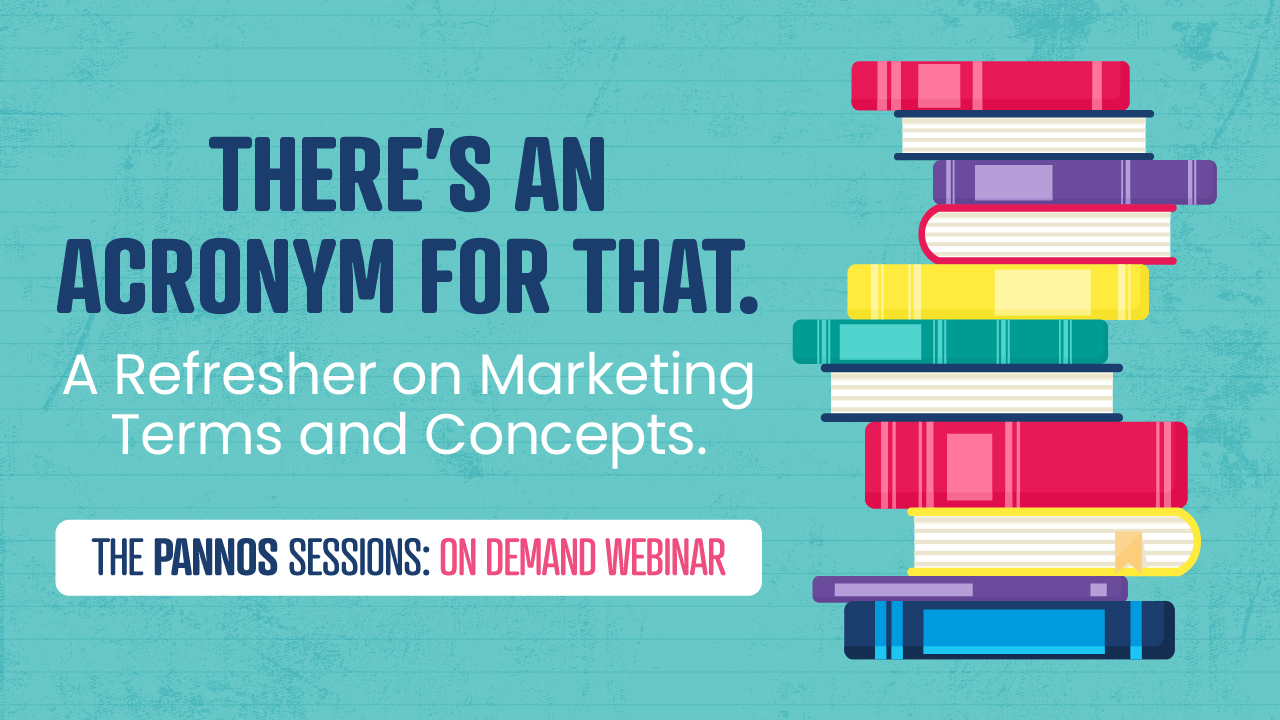



Digital Ads Overview
Driving success with your digital strategy is hard enough without navigating blindly through marketing acronyms like SEO and SEM. And understanding why one ad type yields the most bang for your buck over another? Forget it. Thankfully, we’ve put together a digital ad overview, so you can take a crash course in the latest digital advertising jargon to stay in-the-know.
SEARCH ENGINE MARKETING (SEM)
Also referred to as PPCPay Per Click and text ads, SEM focuses on creating a presence on Google search results pages. By utilizing SEM, community financial institutions are often able to position themselves at the top of page one of search results, right along with Quicken, Lending Tree and other national competitors. This is an active form of advertising that puts your message in front of people at the time when they’re actively searching for a product/service.
SOCIAL MEDIA ADVERTISING
Financial institutions can increase their presence on social media beyond organic likes, shares and comments through advertising. There are multiple placements within each platform, though Stories is proving to be the most effective at reaching a broader generational range as the classic Feed placement is skewing towards the older generations - especially on Facebook. The targeting capabilities available through social media platforms allow ads to be shown to very specific audiences, determined by geography, demographics interests and profiles (e.g. “Homeowners”) and user tendencies (e.g. “Credit Card Users”).
This data is compiled using self-reported information (e.g. where you work, age, milestones) with third-party data that is layered over that to create comprehensive profiles of users. Privacy is maintained for the user, since the user-type is what is being targeted, and no personally identifiable information is shared.
DISPLAY ADVERTISING
Display Advertising is often thought of as newspaper advertising for the web and is an essential component when looking to increase brand awareness. Using GDNGoogle Display Network, advertisers can show their ads on over three million websites and apps. Sites ranging from WSJ.com to HGTV.com are available for ad placements, depending on the intended audience, and advanced targeting using topics and keywords ensure ads are reaching the right viewers. Display advertising can also be placed directly with media companies, for example via a direct buy on boston.com.
YOUTUBE
YouTube, the second largest search engine and owned by Google, allows advertisers increased exposure of videos on both YouTube and the Google Display Network. Advertisers can choose between in-stream (pre-roll on YouTube and GDN videos) or discovery (promoted videos next to a YouTube GDN video) and can use all the same targeting options the GDNGoogle Display Network offers to ensure they’re reaching the right audience. All YouTube ads must also live on YouTube.
REMARKETING
Remarketing allows advertisers to display ads to users who have previously visited their website as they browse different sites on the internet. This form of online advertising is typically used to stay top-of-mind and remind users about the specific products or services they were viewing on your site. Remarketing ads look just like SEMSearch Engine Marketing and Display ads however the messaging and imagery should be different than the original ad and invoke a greater sense of urgency to encourage users to convert.
Related Articles


